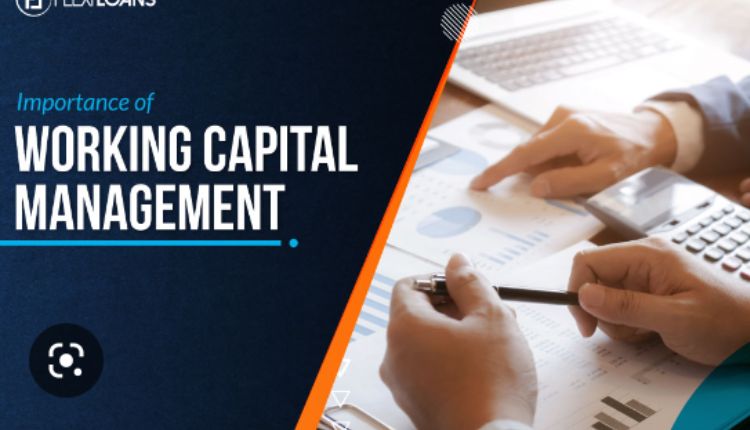Working Capital is the amount of short-term funds a company has available to meet current expenses. It is calculated by subtracting current liabilities from current assets. Working Capital is a key metric for monitoring a business’ financial health and operational efficiency. A firm with optimum working capital has enough money to pay bills and invest to drive growth.
Inventory
Inventory is a valuable business asset because it provides a buffer between sales and purchases. It also helps ensure that a company can meet demand for its products and avoid disruptions in production. Companies have a variety of ways to value their inventory, including the FIFO, LIFO and weighted average costing methods. It’s important to choose an inventory valuation method that best fits your company. Generally, inventory should not take more than a year to convert into cash or a cash equivalent. This way, you can minimize the risk of running out of money and unable to pay your bills. Inventory is typically one of the largest current assets for retailers, distributors and manufacturers. It is therefore crucial for a company to manage its inventory carefully to minimize warehousing expenses and optimize Working Capital.
Accounts Receivable
Accounts receivable, also called trade receivables or A/R, are the invoices that your customers owe you for goods and services they purchase on credit. The total amount of accounts receivable is listed on your company’s balance sheet as current assets. Inaccurate cash management is a common cause of small business finance problems. The difference between your current cash account and the money you owe to vendors and suppliers can be huge.
Tracking your accounts receivables lets you see which clients owe you the most, which helps you understand whether or not your cash account accurately reflects your current financial standing. It also lets you avoid worrying about money not coming in as quickly as it should. You can even use your accounts receivables as collateral for financing when you need it.
Accounts Payable
Accounts payable represent short-term debts that a business owes to its vendors for products and services they have received on credit. They appear as liabilities on a company’s balance sheet and can be discharged without paying interest if paid within 30 days. A business might owe accounts payable for cleaning services, staff uniforms or software subscriptions it buys on credit. These transactions are recorded upon receipt of a valid bill that states the payment terms both parties agreed to when initiating the transaction.
Accounting team members then record these bills as expense entries in the general ledger. When an authorized approver signs off on the expense, they issue payment per the terms and conditions of the contract, such as net-30 or net-60 days. This is the basis for calculating days payable outstanding (DPO) and how that affects Working Capital.
Cash
Cash is the amount of money a business has on hand at a given time. It isn’t just the coins and notes a company owns, but includes any investments that can be quickly converted into cash, such as government bonds. Companies need to keep a steady supply of cash on hand at all times in order to pay bills and stay afloat. Having spare cash on hand also allows companies to pursue new opportunities. Working Capital is a key measurement of a company’s short-term financial health. It’s calculated by subtracting a company’s current liabilities (what they owe) from its current assets (what they own).
Short-Term Investments
Using a variety of short-term sources, a company can meet its working capital requirements. These sources include internal and external funding approaches. The most important source of funding for a business is the cash it has on hand. This includes inventory, prepaid accounts that will be used within a year, and cash-equivalents. A business needs to have a positive working capital ratio to survive the current economy and thrive in the long run. This ratio is calculated by dividing current assets by current liabilities.
A business with a healthy working capital ratio can afford to invest in new products, reduce debt levels, and position its balance sheet for high-yield restructuring, leveraged buyouts, or Treasury stock purchases. This can help the firm become more competitive, enabling it to gain market share and expand its business operations.
What’s Next?
Having the right amount of Working Capital is key to surviving and thriving in business. It allows you to pay your employees, rent, bills and other operating costs while also having surplus cash ready to take on new opportunities. Positive working capital is when your current assets are greater than your current liabilities. A negative number means you don’t have enough cash to pay your short-term liabilities.

